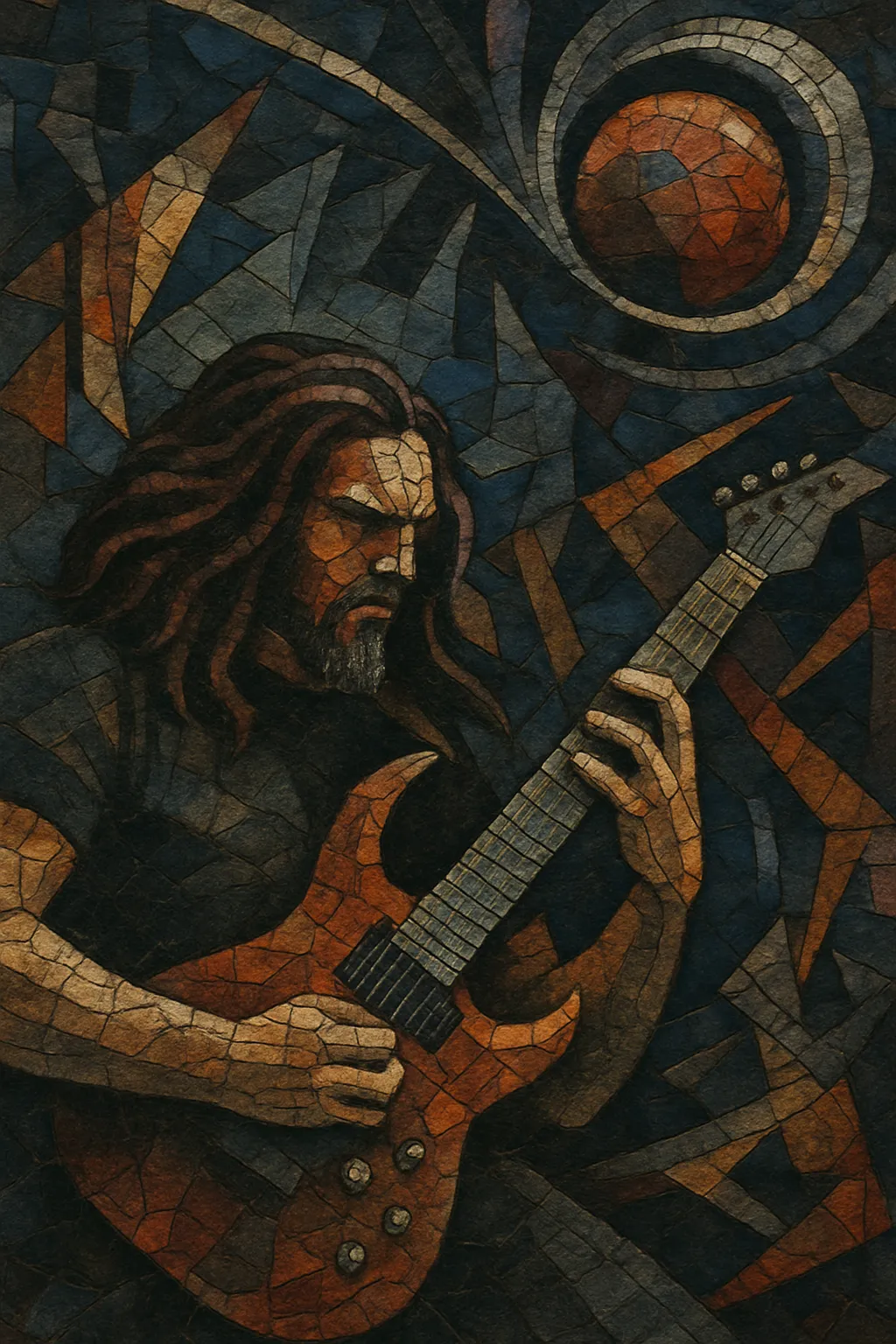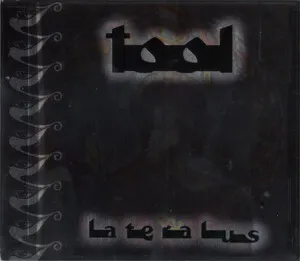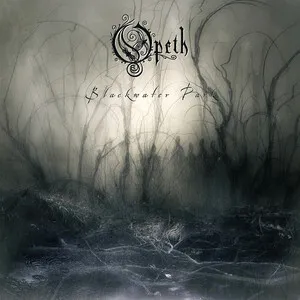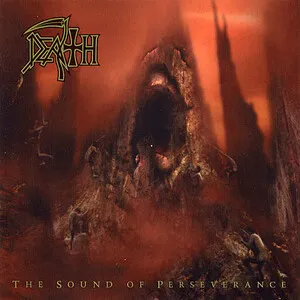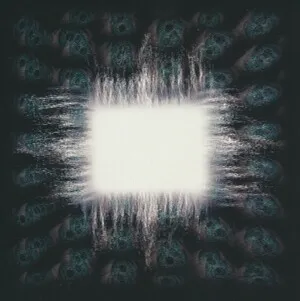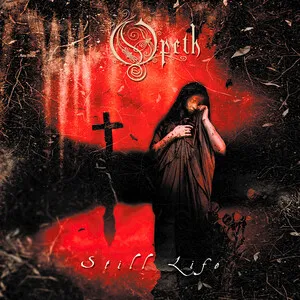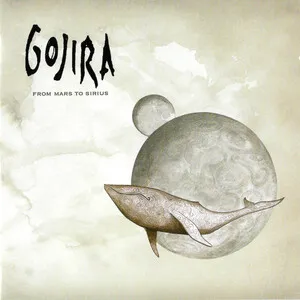Progressive metal is a fusion of the complexity and experimentation of progressive rock with the weight, distortion, and precision of heavy metal. It is characterized by extended song forms, concept-driven albums, virtuosic musicianship, and frequent use of odd time signatures, polymeter, and rapid metric modulation.
Harmonically, the style ranges from modal and diatonic riff writing to chromatic and jazz-influenced voicings, often integrating counterpoint between guitars, bass, and keyboards. Sonically it spans from high-gain, tightly palm-muted riffs to clean, atmospheric passages and orchestral/synth textures. Vocals vary from theatrical and soaring to harsh growls depending on the substyle, while lyrics frequently explore abstract narratives, philosophy, science fiction, and personal introspection.
Progressive metal emerged when the intricate songwriting of progressive rock met the power and articulation of heavy metal. Bands like Rush and King Crimson demonstrated how complex forms and meters could coexist with amplified rock, while the New Wave of British Heavy Metal supplied a tighter, heavier rhythmic language. In the United States, Queensrÿche and Fates Warning began combining conceptual storytelling and expanded harmony with metal aesthetics, laying the groundwork for the genre.
Dream Theater’s 1992 album “Images and Words” became a touchstone, popularizing long-form compositions, virtuosic solos, and a pristine, technical production ethos. Parallel threads appeared: Tool brought hypnotic polymeter and art-rock psychology; Symphony X fused neoclassical shred with cinematic arrangements. The decade solidified progressive metal’s core traits: extended song lengths, thematic albums, and high technical standards.
The 2000s saw an influx of substyles. Opeth bridged progressive rock with death metal dynamics, balancing acoustic interludes with extreme passages. Between the Buried and Me integrated metalcore intensity, genre-hopping, and long suites. Meshuggah’s polyrhythmic, down-tuned approach catalyzed a modern, syncopated sound that would inform the djent movement. European acts like Pain of Salvation expanded emotional breadth and theatricality.
Modern production and extended-range instruments (7–8 string guitars) pushed rhythmic and harmonic depth further. Bands such as Periphery and a new generation of technically advanced ensembles elevated precision, sound design, and hybrid influences (electronic textures, cinematic scoring). Contemporary progressive metal now encompasses everything from symphonic and neoclassical veins to experimental, avant-garde, and djent-adjacent approaches, while remaining defined by curiosity, virtuosity, and ambitious narrative scope.
Use at least two electric guitars (often extended-range), bass with a clear, articulate tone, keyboards/synths for harmonic pads and leads, and a drummer comfortable with odd meters and polyrhythms. Aim for a tight, high-gain rhythm guitar sound with precise palm-muting, complemented by clean tones for dynamic contrast. Consider orchestral or cinematic layers to support large-scale structures.
Write riffs and grooves in odd time signatures (5/4, 7/8, 9/8, 13/8) and explore polymeter and metric modulation (e.g., guitars in 7 while drums outline phrases in 4). Use syncopation and displacement to create forward motion, and contrast tightly chugged patterns with open, suspended figures for breath.
Mix modal centers (Dorian, Phrygian, Lydian) with chromatic passing tones. Employ extended chords (add9, maj7, sus4) on guitars and keys, and interweave melodic lines in counterpoint. Modulate between keys to mark narrative sections, and design memorable motifs that can be varied, inverted, or reharmonized across a long composition.
Think in movements: overture-like introductions, multi-part suites, recurring leitmotifs, and thematic development. Alternate heavy sections with atmospheric interludes and instrumental codas. Concept albums benefit from recurring harmonic themes and lyric refrains that bind tracks together.
Adopt dynamic vocal delivery—clean, theatrical singing is common, but harsh vocals can heighten contrast in heavier passages. Lyrically, explore conceptual stories, existential themes, speculative fiction, or philosophical motifs. Use imagery and metaphor to match the music’s scale and complexity.
Layer guitars with complementary voicings (one voice outlining extensions while another anchors the chord). Feature trade-off solos and composed unison lines between guitar and keys. Tight editing, quantization with feel, and clear low-end management (kick/bass alignment) are crucial. Leave headroom for climactic peaks and craft transitions with tempo maps, ritardandi, and sound-design swells.

